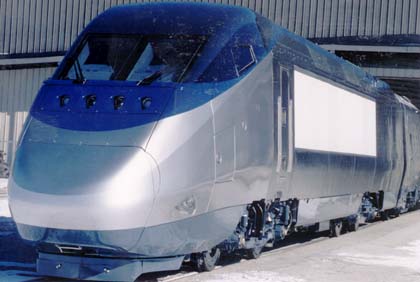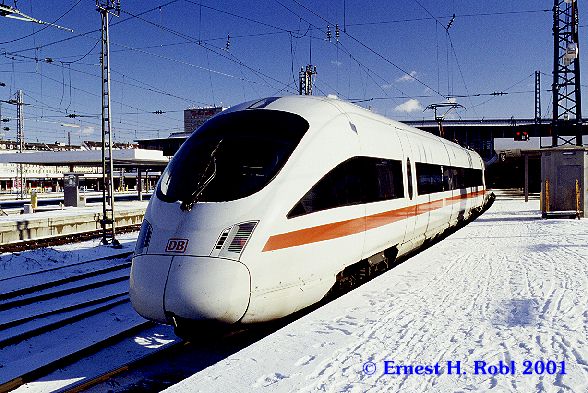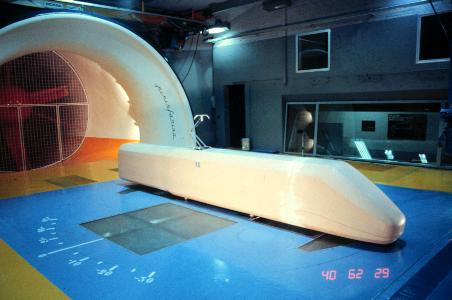Computational Fluid Dynamics
Except for the very simplest flow geometries, it is not possible to obtain analytical solutions to the Navier-Stokes equations.
However, by using modern, high-speed computers it is possible to obtain numerically generated solutions to a variety of complex flow situations. To do so the continuous flow field (i.e. velocity or pressure as a function of space and time) is described in terms of discrete (rather than continuous) values at prescribed locations.
By this technique the differential equations are replaced by a set of algebraic equations that can be solved on the computer.
|
CFD Modelling Process
The first task was to design a simplified CAD model of the chosen train. The model was constructed using SolidWorks. For designs and further information about the SolidWorks model please click here.
The second task was to import the model into Gambit where the boundary conditions were assigned and the model meshed. For a more detailed look at Gambit please click here.
The final stage of the CFD process was to run the simulation. This was achieved using Fluent. The mesh was imported from Gambit the initial values set and then iterated. For a closer look at the Fluent results please click here.
|









